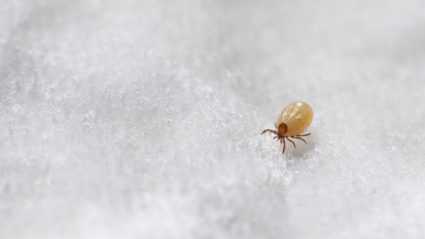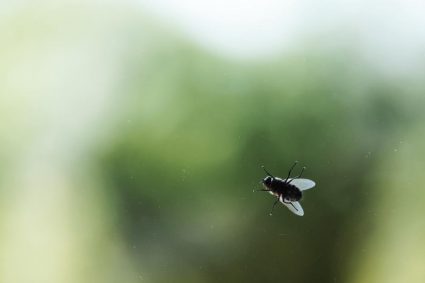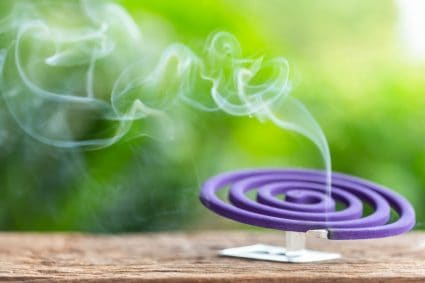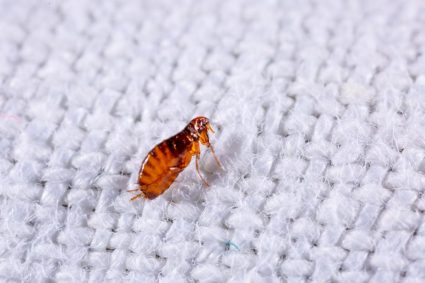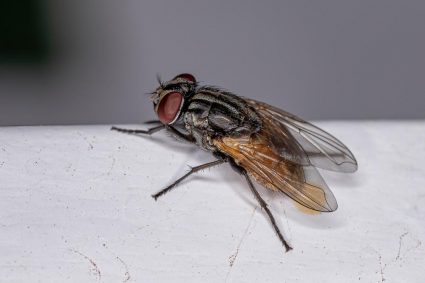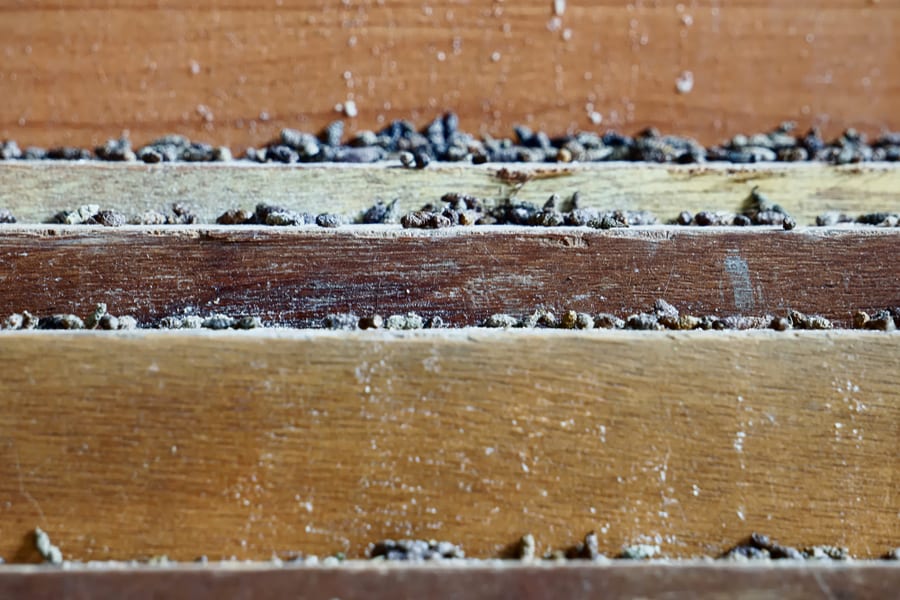
Rat droppings are a huge discomfort. Besides messing up your home, rat droppings can also transmit several sicknesses.
Since rats love to hide and reproduce in places that are dark, warm, and devoid of human traffic, cleaning their droppings is often an arduous task.
Thankfully, there are easy ways to clean up the mess of these rodents on your own. This guide will walk you through practical ways to clean rat droppings in crawl spaces using only household materials.
When rats infest a place, their droppings are the first clear sign they leave behind. To clean up rat droppings, here are the steps you can take:
- Wear protective materials like gloves and a mask
- Soak the droppings or urine stains in a bleach-water solution
- Leave for five minutes, and wipe with a paper towel
- If this does not clean the mess completely, steam clean or mop the stained area
These are the steps in a nutshell. In case of severe rat pollution, you may want to consider engaging the services of professionals to handle the cleaning. You will find out other details in the guide.
The following sections will guide you on simple ways to clean up rat droppings in crawl spaces. In addition, we will answer other questions common to rat handling infestations, like how much a professional extermination costs.
How To Clean Rat Droppings Effectively
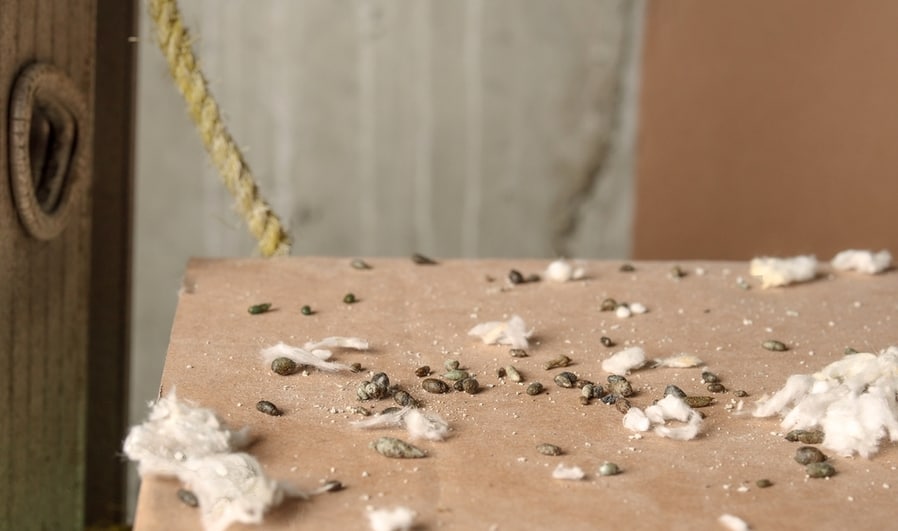
Rodents are timid animals that hide during the day and emerge at night. Whenever these critters infest a place, one of the first visible signs you will notice is their droppings (like the size of a rice grain), urine, and nests.
Once you find rat droppings in your house, take the measures below to rid them. Before we take the steps, let’s identify the materials you’ll need for the job.
Things You Need To Clean Rat Droppings
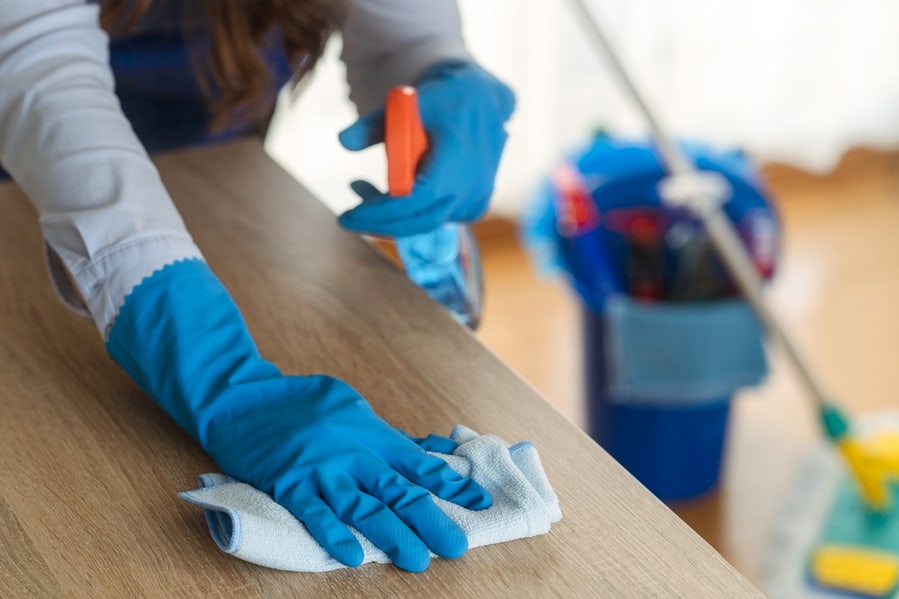
Here’s a list of materials you will need to clean rat droppings in crawl spaces from start to finish:
- A pair of gloves
- Mask
- Bleach/Disinfectant
- Sanitizer
- Soap
- Paper towel
- Mop
Steps to Cleaning Rat Droppings
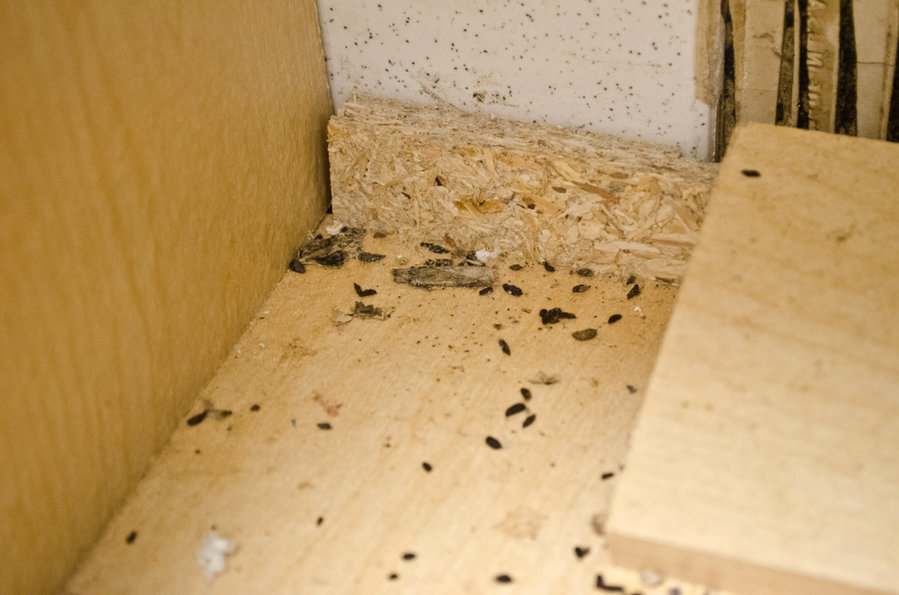
There are several ways to clean rat droppings. However, please note that you don’t need to sweep or vacuum away rat urine, droppings, or nesting materials. If you do, it can pollute the environment, making the air unsafe for you and other residents in the house.
Rather than sweep or vacuum, here are a few effective steps you can take:
Begin by ventilating the space where you have rat droppings. Open the room doors and windows for about an hour.
Next, get gloves made with rubber, nitrile, or vinyl and wear them until you clean the area. Besides the protective gloves, it is also good to wear a mask when cleaning rat droppings.
With the protective wear on, it is time to clean properly. Spray some disinfectant on the poop and urine. For this, we recommend you make a solution of one part bleach to nine parts water in a spray bottle. Shake the bottle vigorously and spray on the rat droppings and urine generously.
Allow the excreta to soak for five minutes. Afterward, use a paper towel to collect the waste and discard the pee and feces. Ensure to sanitize every item contaminated by rat’s urine or droppings.
If there are still traces of rodent exposure after clearing away the urine and droppings, we advise you to steam clean or mop with a disinfectant chemical. Remember to use gloves when doing this.
You just finished cleaning the droppings. After cleaning, spray the diluted bleach solution or sanitizer on your gloved hands. You could also wash them with soap and under running water before removing the gloves.
How To Clean Rat Droppings From Carpet
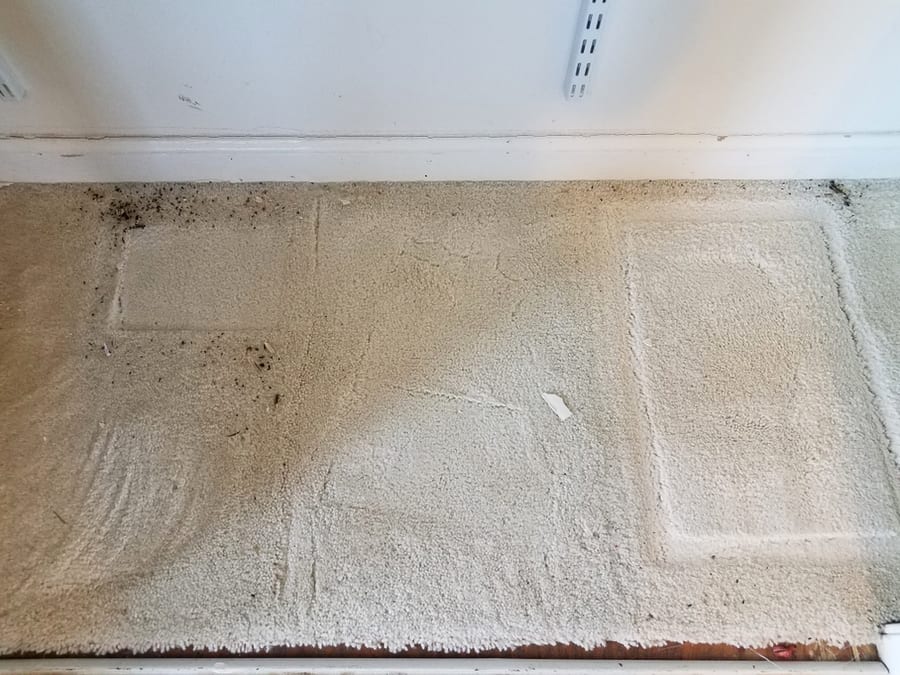
Use paper towels and an adhesive cardboard pad to clean up a few poops if there aren’t many. Put anything that came into contact with the droppings in a plastic bag inside another plastic bag.
After cleaning up poop, scrub carpets using a steam cleaner or verified disinfectant. But check the product label to ensure that the disinfectant won’t cause any harm to the carpets.
How To Clean Dead Rats or Rodent Nests
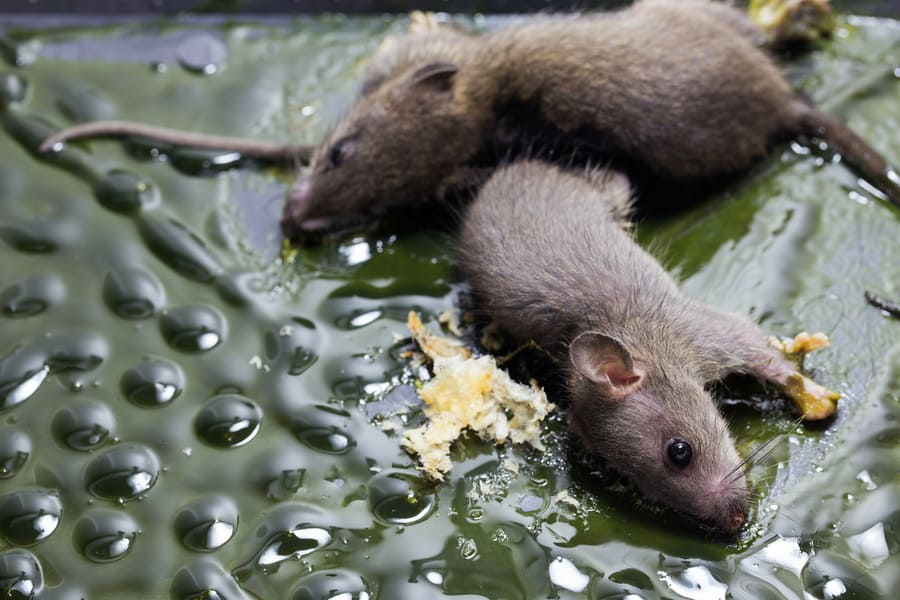
Rodents often have fleas. Try applying insect repellent (such as DEET or other EPA-registered repellents) to clothes, shoes, and hands when cleaning up dead rats to limit the risk of infected fleas and exposure to flea-borne illness.
Wear protective gloves made of rubber or plastic. Sprinkle disinfectant on the dead mouse, rat, nest, and outlying areas. Allow it to soak for five minutes.
Next, throw the mouse, nesting materials, and used traps in a bag. To close the bag, tie the ends together in a knot. Seal the filled bag in another plastic bag by tying the ends together in a knot.
When disposing of dead rodents, empty the bag in a sealed trash can. Better still, speak with your state’s health agency for advice.
Before taking off the gloves, wash your hands with warm water or sanitizer. Repeat this step after removing the gloves. Suppose a sanitizer is unavailable. You can use an alcohol-based hand wash instead.
However, if you plan to reuse the trap, wear rubber gloves, wear rubber gloves and immerse the trap with the rodent in a bucket for five minutes. Then, place the trap on a plastic bag and raise the metal bar to release the rodent.
Allow the rodent to fall into the bag. After that, thoroughly rinse the trap with water to remove the disinfectant’s smell. After bagging the rat, discard the bag. You can double-bag the rodent and wash your hands and gloves, as stated above.
How To Clean Rat Droppings on Clothing
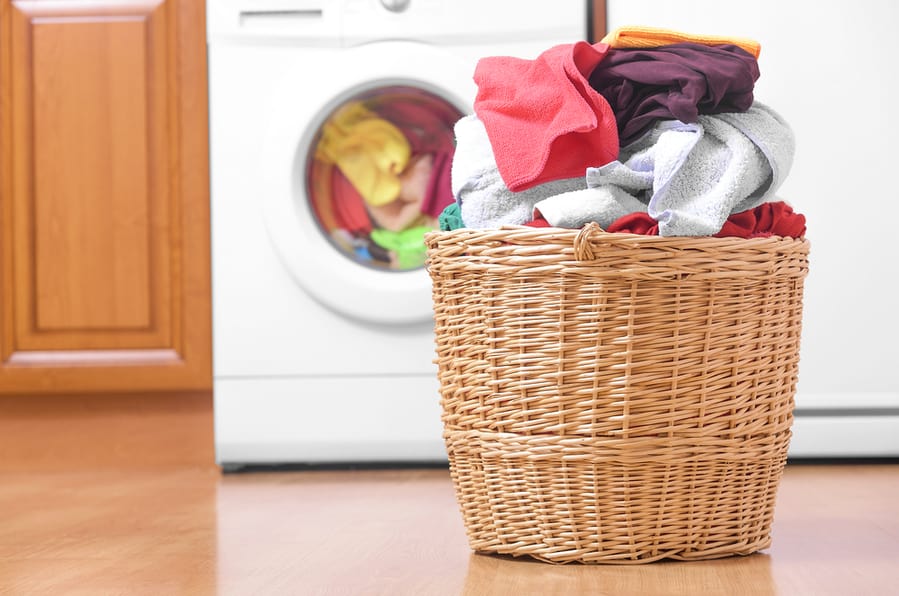
To clean rat droppings on clothing, you need the following items:
- Paper towels/sticky pads
- Plastic waste bag
- Safety gloves
With all the tools ready, get into the DIY spirit and follow the step-by-step guide below:
First, wear your safety gloves. With the gloves on, use paper towels or sticky pads to clean mouse droppings off clothing. Then dispose of them in a plastic waste bag placed inside another plastic garbage bag.
Wash the clothing at the highest heat setting with a detergent containing a disinfectant. Before washing colorful clothes, examine the item to ensure it is “color-safe.”
Finally, remove your safety gloves and wash them with soap and water.
What Are the Dangers of Rat Droppings?

Over the centuries, scientists have linked rodent-borne illnesses to at least 10 million deaths. This is one reason we have strongly emphasized wearing protective gloves and mask when cleaning rat droppings in this guide.
Recall that rodent-borne illness endangered humanity during the Black Death epidemic of the late Middle Ages. This plague, carried by fleas on rats, killed 200 million people in Europe alone.
Even now, rats carry various illnesses that are transmissible to people. These include Lyme, hantavirus, typhus, and salmonella.
1. Lyme Diseases
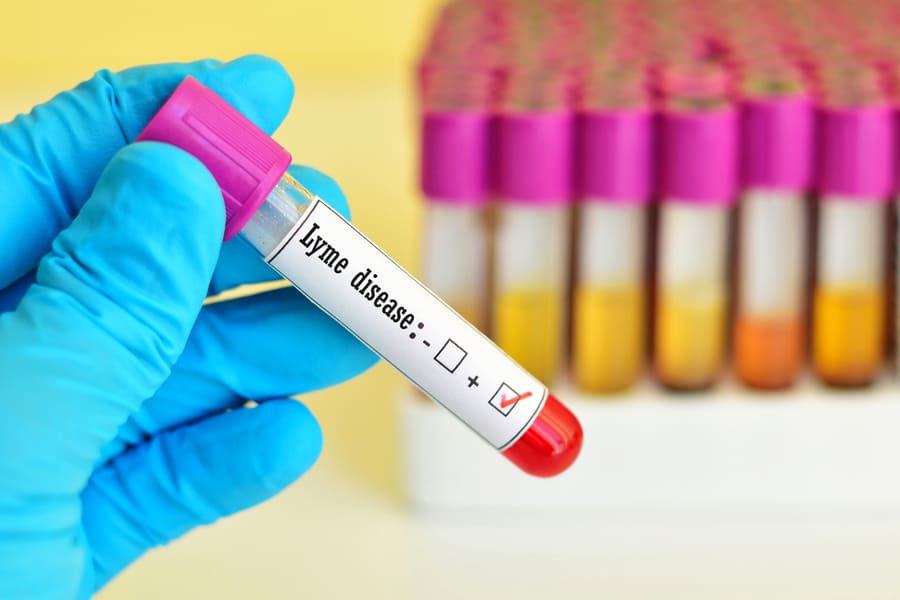
The bacteria Borrelia burgdorferi and Borrelia mayonii are responsible for Lyme disease. It spread to humans through the biting of infected black-legged ticks.
Common signs and symptoms of Lyme disease are fever, headache, tiredness, and an erythema migrans-like skin rash.
2. Hantavirus

This is another popular disease rats can spread.
Hantavirus originates from deer mice and causes flu symptoms, renal issues, and lung problems.
3. Typhus
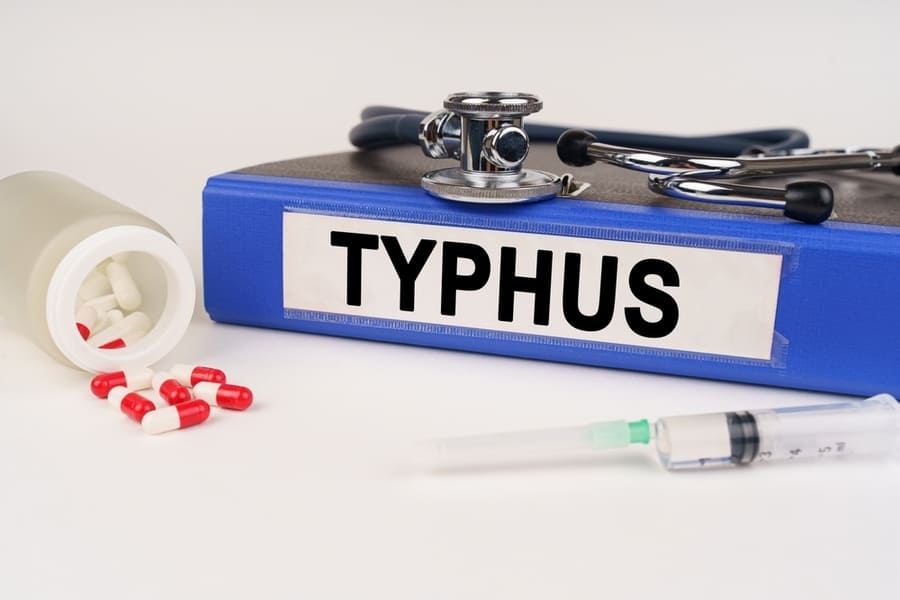
Portside rodents transmit this illness. And it induces fever, rashes, and lung issues.
4. Salmonella

Salmonella from rat feces damages the digestive tract and destroys 20% of the world’s yearly food supply.
Conclusion
When rats infest a place, their droppings are the first clear sign they leave behind. Cleaning up these droppings in crawl spaces where rats hide can be challenging.
Above, we described several step-by-step guides we believe would help. But before commencing any cleaning, remember to put on protective materials like gloves and masks.
Also, ensure you dispose of the droppings properly and wash your hands with an alcohol-based hand wash afterward.
Rat droppings, though small, can transmit several deadly diseases. So, prioritize your safety before, during, and after cleaning.
Frequently Asked Questions
Do Rats Discharge Droppings Everywhere?
Yes, rats discharge droppings everywhere. They use these droppings to mark their territory. So, spotting their droppings is a vital sign that the rodents have moved in.
If an infestation persists long enough, there will be an unpleasant smell and visible patterns on floors and walls.
How Much Does a Professional Cleaning Cost?
The cost of a professional rat-dropping cleaning will vary depending on several factors. These include your location and the severity of the rat problem.
But on average, you can expect professional cleaners to charge between $95 and $235.



